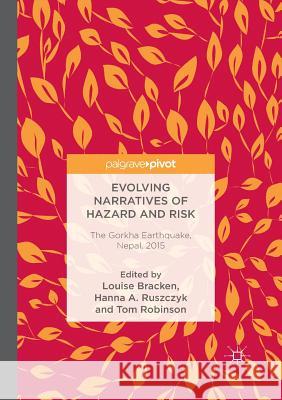Evolving Narratives of Hazard and Risk: The Gorkha Earthquake, Nepal, 2015 » książka
topmenu
Evolving Narratives of Hazard and Risk: The Gorkha Earthquake, Nepal, 2015
ISBN-13: 9783030097349 / Angielski / Miękka / 2019 / 216 str.
Evolving Narratives of Hazard and Risk: The Gorkha Earthquake, Nepal, 2015
ISBN-13: 9783030097349 / Angielski / Miękka / 2019 / 216 str.
cena 201,72
(netto: 192,11 VAT: 5%)
Najniższa cena z 30 dni: 192,74
(netto: 192,11 VAT: 5%)
Najniższa cena z 30 dni: 192,74
Termin realizacji zamówienia:
ok. 22 dni roboczych
Bez gwarancji dostawy przed świętami
ok. 22 dni roboczych
Bez gwarancji dostawy przed świętami
Darmowa dostawa!
Kategorie:
Kategorie BISAC:
Wydawca:
Palgrave MacMillan
Język:
Angielski
ISBN-13:
9783030097349
Rok wydania:
2019
Ilość stron:
216
Waga:
0.26 kg
Wymiary:
21.01 x 14.81 x 1.17
Oprawa:
Miękka
Wolumenów:
01
Dodatkowe informacje:
Wydanie ilustrowane











